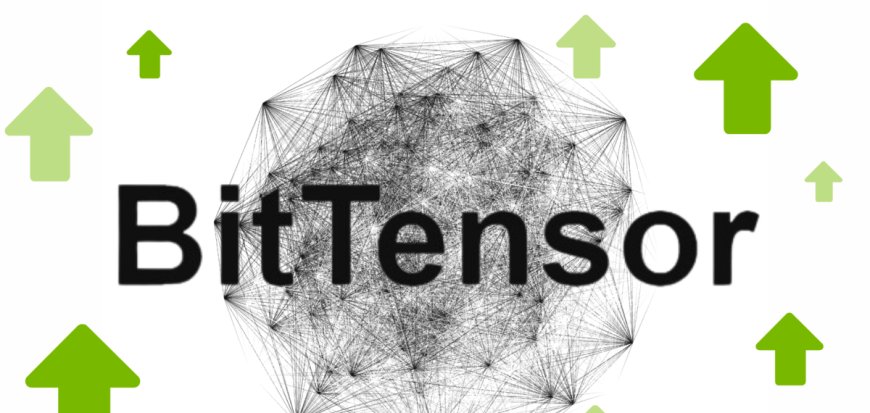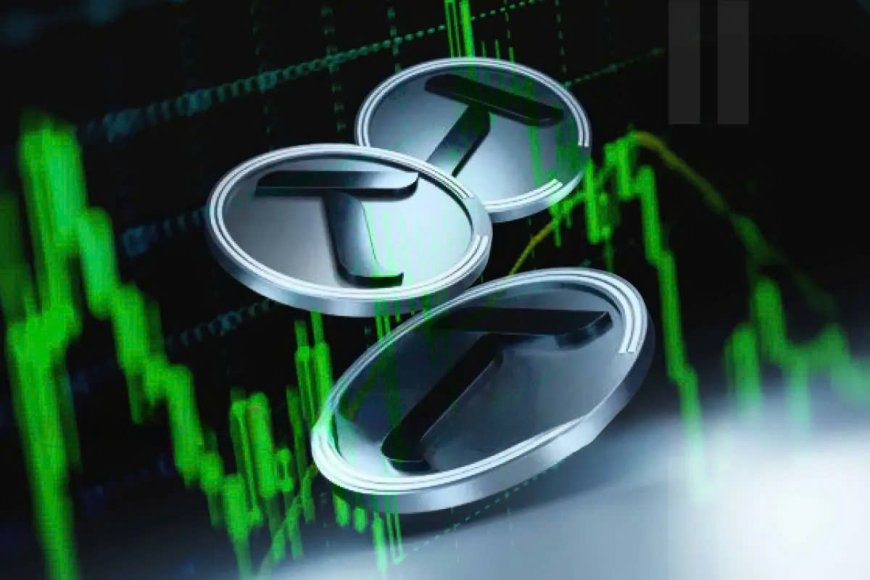Understanding Bittensor's Decentralized Network and Incentive Mechanisms for Subnets
The rise of decentralized networks like Bittensor is transforming how incentives are distributed in blockchain ecosystems.

The rise of decentralized networks like Bittensor is transforming how incentives are distributed in blockchain ecosystems. Designed to create decentralized incentives, Bittensor’s structure revolves around three main actors: validators, subnet creators, and miners. Each plays a crucial role in ensuring the system remains efficient and competitive, making Bittensor a notable player in blockchain-based decentralized systems.
In this article, we'll explore how Bittensor operates, including the key roles of its participants, the incentive mechanisms in place, and what you need to know if you’re interested in becoming a validator or miner within its decentralized ecosystem.
How Bittensor’s Decentralized Network Works
The Bittensor decentralized network incentivizes participants through a balanced system where validators oversee the process, subnet creators establish rules, and miners carry out tasks on the network. The network currently has 32 subnets, each governed by distinct rules that dictate how miners should be evaluated. Validators run validation codes provided by subnet creators to assess miners' performance, ensuring fair and effective operation across the network.
Miners work within the guidelines set by their chosen subnet. Each subnet can have unique tasks for miners, such as generating AI-based text responses or creating images based on validators' prompts. Validators then score miners’ performance, determining their reward in “tow” – the native token of the Bittensor network.
The Role of Validators in the Bittensor Network
Validators play a central role in the Bittensor network by overseeing the validation process. They evaluate miners based on the subnet-specific rules set by creators. Importantly, validators also determine how the daily emission of 7,200 units of tow is distributed across validators, miners, and subnet creators.
This distribution process is guided by a voting system where validators vote on how much tow each subnet should receive. For instance, Subnet 1 might receive 6.95% of the emission, while Subnet 2 could get 1.65%. This allocation process ensures the network remains resilient even if some validators cast irregular votes, thanks to the system’s consensus algorithm.
Validators also set the tasks for miners, adjusting based on the specific needs of the subnet. For instance, in Subnet 1, tasks might involve generating AI text responses, with validators ranking miners based on their output. Validators assess miners’ performance by considering factors such as speed, accuracy, and how closely miners adhere to given prompts.
Miners and the Incentive System
Miners are integral to the functioning of the Bittensor network. Each miner has a unique identifier (referred to as a “uid”), and they compete to perform tasks efficiently within the rules of their chosen subnet. Subnet 1, for example, may have 124 miners, while other subnets may accommodate up to 256.
The rewards system is divided between validators, miners, and subnet owners. Forty-two percent of the daily emission goes to validators, another 42% to miners, and the remaining 18% to subnet owners. Miners with the best performance, as evaluated by validators, receive higher rewards. Top miners can earn 0.25 tow per day, while lower-performing miners receive smaller portions.
To begin mining, participants need to select a subnet that aligns with their skills and system capabilities. Subnet 23, for instance, focuses on generating images from prompts provided by validators. Miners here need GPUs and specific models to create high-quality images. Validators then score these images based on accuracy and speed, ensuring miners use the right models.

How to Start Mining in Bittensor
Starting as a miner in Bittensor requires choosing the right subnet. With 32 available subnets, miners have a range of options, though not all are active. Subnets vary in their requirements – some might need high bandwidth for tasks like data scraping, while others may focus on specific algorithms for evaluating models. It's recommended to start with subnets with lower emission, as they tend to have less competition, making it easier for new miners to get started.
After selecting a subnet, miners must create a cold key and a hot key, secure some tow, and register their miner on the network. The process also involves setting up the required hardware, such as GPUs or CPUs, depending on the subnet’s needs. Platforms like RunPod and Vast are popular options for renting GPU instances, while services like DigitalOcean, Contabo, or AWS work well for CPU needs.
Validators’ Role in Incentive Mechanisms
Validators are tasked with maintaining the system’s fairness by updating their weights regularly, which are used to score miners. Validators with higher V-trust scores (a measure of trust within the network) are more influential in determining incentive distribution.
Some subnets, like Subnet 23, offer open categories where miners can use any model to create outputs. In these cases, validators score based on adherence to prompts and visual appeal, allowing for a wide range of innovative solutions. However, this flexibility can also introduce challenges like overfitting, where miners create high-scoring outputs that may not be practical in real-world applications.
Validators use algorithms provided by subnet creators to assess miners' performance. Ensuring these algorithms are robust and reliable is crucial for the long-term success of the network.
Flexibility and Competition in Subnets
One of Bittensor’s core strengths is the flexibility it offers in subnet creation. Anyone can register a subnet, and validators are responsible for running the code and maintaining the network’s integrity. Subnets naturally foster competition, pushing participants to improve their outputs continuously.
Currently, there are two active storage subnets, Subnet 7 and Subnet 21, where miners are rewarded based on how well they store files. Subnets like these offer higher rewards for miners who store more data and demonstrate higher reliability. As each subnet evolves, the incentive mechanisms adapt to ensure the network remains efficient and competitive.
Conclusion
Bittensor represents a decentralized system designed to incentivize miners, validators, and subnet creators through a dynamic reward distribution model. By fostering flexibility, competition, and transparency, the network allows participants to contribute to various tasks, from AI-driven text generation to complex image creation. Validators, in particular, hold significant responsibility in maintaining the network’s integrity, ensuring fair rewards, and helping the network evolve.
For anyone interested in contributing to decentralized systems, understanding the intricacies of Bittensor’s incentive mechanisms is key to unlocking its full potential and becoming a valuable part of this decentralized ecosystem.
Source : @The Bittensor Hub.
















